Search
Search Results
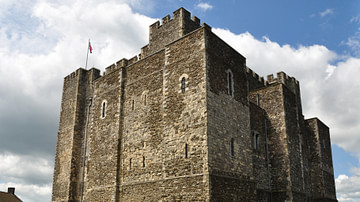
Definition
Dover Castle
Dover Castle, located in the southern county of Kent, is one of the largest castles in England and one of the first to have concentric defensive walls. First built in 1066 CE by William the Conqueror to help prevent anyone repeating his own...
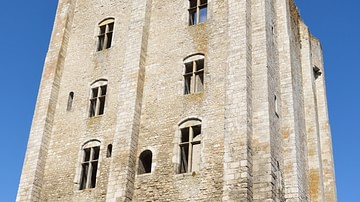
Definition
Castle Keep
The keep, located within a courtyard and surrounded by a curtain wall, was the heart of a medieval castle. The hall keep was a low building while the tower keep or donjon could have three or more floors and be topped by turrets and battlements...

Definition
Medieval Castle
Medieval castles were built from the 11th century CE for rulers to demonstrate their wealth and power to the local populace, to provide a place of defence and safe retreat in the case of attack, defend strategically important sites like river...
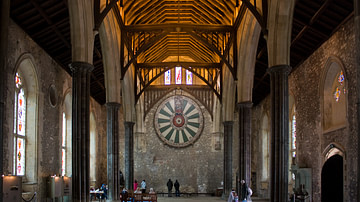
Definition
Great Hall
The Great Hall was the architectural centrepiece of a medieval castle's interior and functioned as the social and administrative hub of the castle and its estates. With everyone dining and sleeping in the hall in its early days, the room...
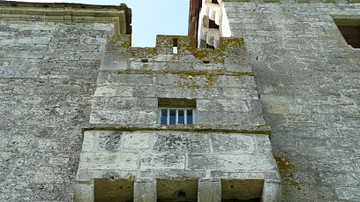
Article
Toilets in a Medieval Castle
The medieval toilet or latrine, then called a privy or garderobe, was a primitive affair, but in a castle, one might find a little more comfort and certainly a great deal more design effort than had been invested elsewhere. Practicality...
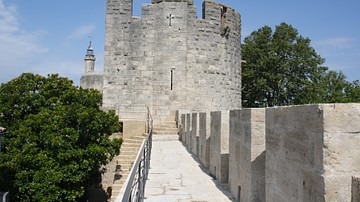
Article
An Illustrated Glossary of Castle Architecture
Alure (Wall Walk) The walkway along the higher and interior part of a wall which often gives access to the higher floors of towers within the wall. Typically protected by battlements. Apse A semicircular projecting part of a...
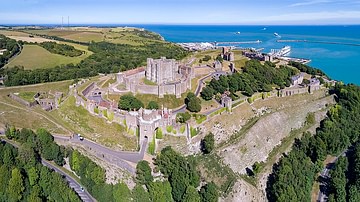
Image
Dover Castle
Dover Castle, Kent, England. First built by William the Conqueror in the 11th century CE it was then extensively rebuilt with new walls and a keep added by Henry II (r. 1154-1189 CE)
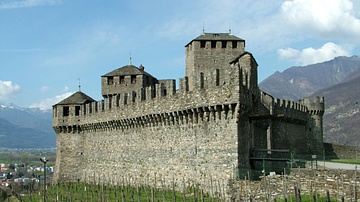
Collection
Life in a Medieval Castle
Protecting strategically important coastlines, passes, and roadways, castles were an essential part of medieval warfare. With such key features as a tower keep, fortified gatehouses, curtain walls with crenellations and a surrounding moat...
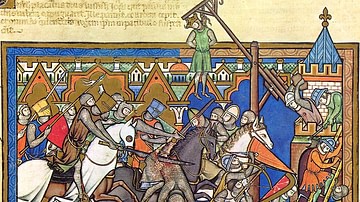
Article
Siege Warfare in Medieval Europe
Siege tactics were a crucial part of medieval warfare, especially from the 11th century CE when castles became more widespread in Europe and sieges outnumbered pitched battles. Castles and fortified cities offered protection to both the local...
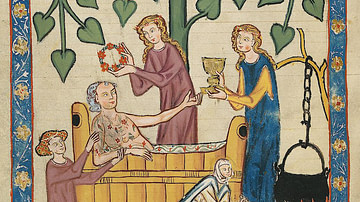
Article
The Household Staff in an English Medieval Castle
An English medieval castle, if a large one, could have a household staff of at least 50 people, which included all manner of specialised and skilled workers such as cooks, grooms, carpenters, masons, falconers, and musicians, as well as a...